The Pros and Cons of Retirement Plan Rollovers
In this volatile economy, some sectors are looking better than ever while others are still struggling. Accordingly, many employees are reassessing their careers and seeking new employment in more lucrative industries. If you’re changing jobs, it’s important to understand the ins and outs of transferring from one retirement plan to another to ensure you don’t diminish your savings or unnecessarily owe taxes because of the transition.
Engage in growth strategies
To avoid unfavorable tax consequences and penalties, you can choose from several options that will allow your money to continue to grow. For instance, you can leave the funds in your former employer’s plan. If you have at least $5,000 in your account, you typically can keep the money in the plan. Note that, if you have between $1,000 and $5,000 in your account and don’t elect to receive the money or roll it over to another account, the plan administrator may deposit your money in an IRA. If your balance is less than $1,000, the administrator may pay it to you — typically, after withholding 20% for income taxes. You can still roll over these funds.
The advantage of keeping your current plan is that you don’t have to make any changes or decisions. But there are downsides to this approach. For example, you’ll need to continue tracking this account in addition to the account with your new employer as well as any others you own. And it won’t make sense to remain in a plan if it has limited investment choices or high fees.
If your new employer offers a retirement plan and accepts rollover contributions — that is, contributions from another plan — you may want to move your funds there. Doing so reduces the number of accounts you’ll need to track over the long term. It’s also possible the investment options in the new plan will better fit your needs than your previous plan did. Review the investment choices and fees.
Finally, you can roll the funds into either an existing or newly opened IRA. These accounts often offer more investment options at a lower cost than many employer-sponsored retirement plans. However, be aware that IRAs have restrictions that employer-sponsored plans, such as 401(k) plans, don’t. For instance, you can’t take a loan from an IRA.
Avoid rollover mistakes
Assuming you move your funds to an employer-sponsored retirement account or an IRA, you’ll want to follow the rules that govern rollovers. A mistake could cause you to owe taxes or a penalty. If you decide to roll over the account, here are two options:
- A direct rollover (sometimes called a trustee-to-trustee transfer). You can ask your former employer’s plan administrator to directly move the money in your retirement account to another one. He or she may issue a check payable to the new account without withholding any money for taxes.
- A 60-day rollover. Your former employer’s plan pays out the plan balance to you. To avoid owing taxes on that balance, you’ll need to deposit it in a retirement account or IRA within 60 days. (Note that, though the 60-day rule is fairly strict, and if you miss the deadline there could be some relatively dire tax implications, in some situations there is a bit of flexibility.) But your distribution will be subject to 20% withholding, even if you plan to roll over the funds — and you can do only one of these in a rolling 12-month period.
If you want to roll over the entire retirement plan balance, you’ll need to find another source of money to make up for the amount withheld. If you don’t, you’ll owe taxes and possibly a penalty on the amount withheld, because it will be considered a distribution.
Choose the best strategy for you
Getting a new job can feel like a fresh start, but it’s important to your long-term financial health to retain the money you’ve already saved for retirement while in your old position. Why not consult your accounting professional to ensure you’re making the best choice regarding your employer-sponsored retirement accounts?
This material is generic in nature. Before relying on the material in any important matter, users should note date of publication and carefully evaluate its accuracy, currency, completeness, and relevance for their purposes, and should obtain any appropriate professional advice relevant to their particular circumstances.
Share Post:









